|
|
Post by Lee Martin on Jan 24, 2017 20:56:24 GMT -5
 Quick update on how I’m progressing. I spoke with Jack and the gripframe is on its way to Nevada. He’ll reshape the Bisley and wrap it in high figure walnut. Then I had to dig up barrel. Searching the shop uncovered some from my .50 Alaskan BFR build. With Pac Nor backlogged six months, I’m glad I had a piece. Stainless 0.510”, 1:18 twist, unturned @ 1.10” o.d. I only need six-inches. We’ll get another conversion out of this length. 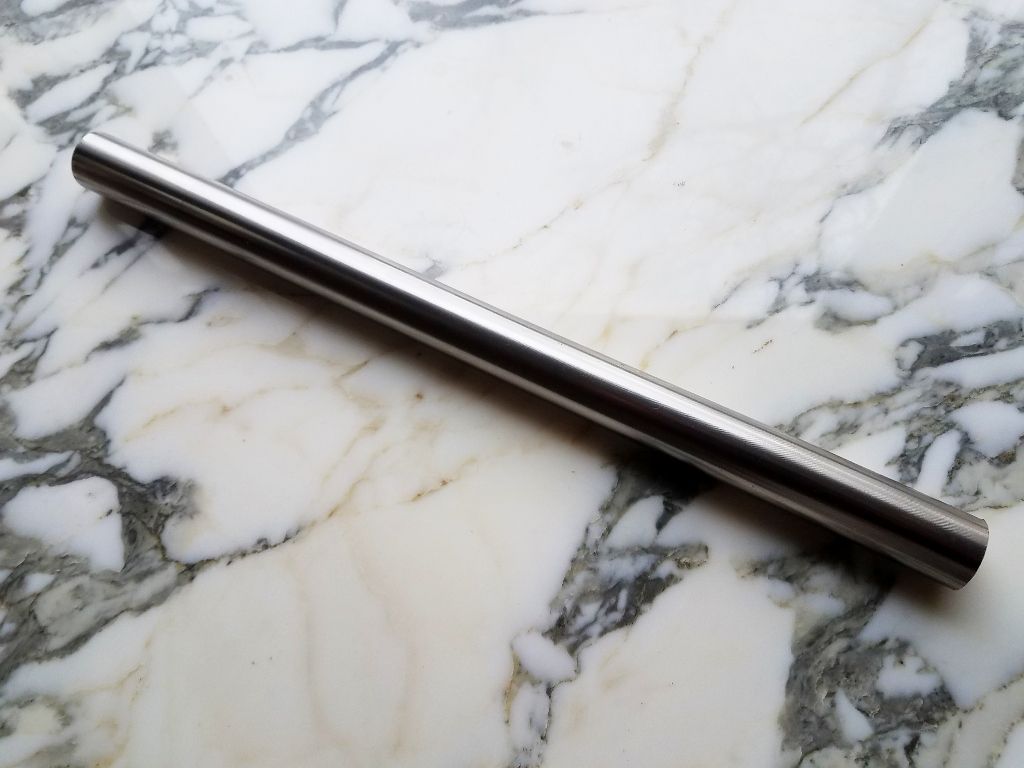 Opening the frame requires a 3/16” carbide cutter. And it has to be a long endmill to clear the window. We'll perform this step over the weekend. 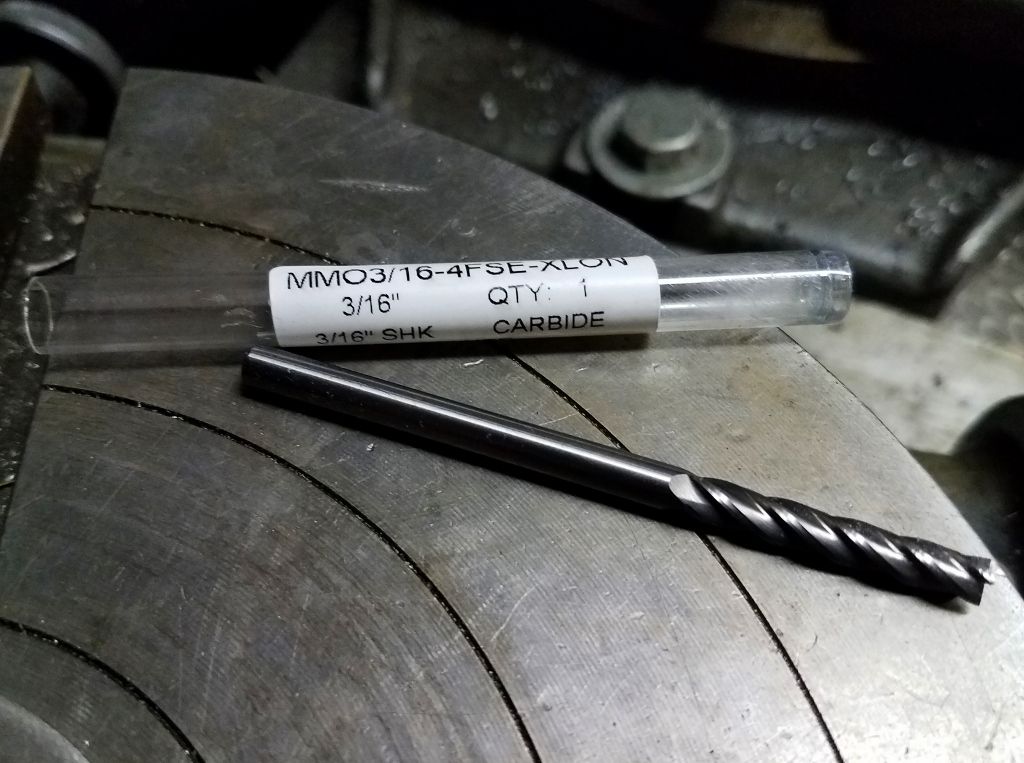 I also decided on a new .500 Linebaugh bullet; one I’ve wanted for some time. Using Mountain Molds software, I designed a 505 gr LFN on dual cavity blocks. I chose plain base because it’ll top out around 1,200 fps. The specs if anyone is interested in ordering the same:  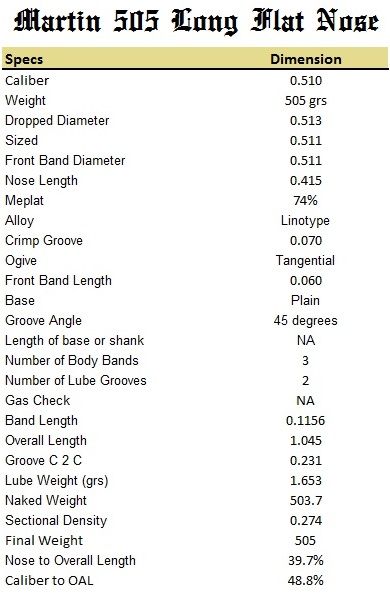 I believe it’ll print better at 100 yards than the 525 WFN I’ve been shooting. I’ve spread the CoF and CoG more, lengthened the nose, upped the driving band height, and reduced the meplat. Casting a lighter 440 WFN from my LBT mold is another option for short range. But in multiple guns, it hasn’t done well past 50 yards. -Lee www.singleactions.com"Chasing perfection five shots at a time" |
|
paulg
.375 Atomic
  
Posts: 2,420
|
Post by paulg on Jan 24, 2017 21:11:18 GMT -5
Lee, when designing this bullet or any bullet for that matter do you have an end game in mind? Do you want it good to 100 yards using certain components? Are you looking for a good all around bullet with acceptable performance in different platforms or one specific gun? Are you designing this bullet to perform in this revolver? Since you know how this revolver will be built, the quality of the barrel and the tolerances or specs, does that play a role in your bullet design? Sorry if the questions are stupid but it's not very often I get to pick a brain like yours.
|
|
|
|
Post by Markbo on Jan 24, 2017 22:20:37 GMT -5
Lee when you are sanding on the frames do you use any backers with the sandpaper or just folded paper?
|
|
|
|
Post by Quick Draw McGraw on Jan 24, 2017 22:55:55 GMT -5
MAN! This thread makes me BURN for a .500 Max! Must suppress desires, or wife will be VERY ANGRY if I buy anything else right now.
|
|
|
|
Post by Lee Martin on Jan 25, 2017 20:16:49 GMT -5
Lee when you are sanding on the frames do you use any backers with the sandpaper or just folded paper? I use folded sandpaper. For flat areas I wrap it around a popsicle stick. -Lee www.singleactions.com"Chasing perfection five shots at a time" |
|
|
|
Post by Lee Martin on Jan 25, 2017 20:21:38 GMT -5
Lee, when designing this bullet or any bullet for that matter do you have an end game in mind? Do you want it good to 100 yards using certain components? Are you looking for a good all around bullet with acceptable performance in different platforms or one specific gun? Are you designing this bullet to perform in this revolver? Since you know how this revolver will be built, the quality of the barrel and the tolerances or specs, does that play a role in your bullet design? Sorry if the questions are stupid but it's not very often I get to pick a brain like yours. The most accurate bullet I can get. I don’t hunt, so penetration and wound channel aren’t part of the equation. And even if they were, accuracy would still come first. If it won’t print well at 100 yards, I’m not interested. And yes, the bullet is matched to the gun I’m building. The barrel slugs 0.510” on the groove and the mold drops 0.513”. I’ll size them 0.511” and hone the throats 0.5115”. No guarantee they’ll shoot, but the dimensions will tie out. Profile – I’m no expert here. I’ve only been at this 100-yard revolver game for 4 years now. However, I feel comfortable stating this much on casts: • I’ve shot plenty of bullets across various calibers that group beautifully at 25 – 50 yards. Take them to 100 and they implode. To that end, I no longer call any bullet or load ‘accurate’ until it proves itself farther out (ode to Bradshaw) • A good PB Keith seems the easiest to tune at 100 yards. WFNs tend to be the most erratic. LFNs fall in-between on average. The LCMNs show promise, but are very speed sensitive. • The LFNs I’ve designed through Mountain Molds are working well. Due to brass and cylinder length, I couldn’t make the nose as long as usual on this 505. The other Martin LFNs share the following specs: 1) Tangent ogive with a higher driving band, 2) 74% meplat, 3) a nose length that spreads the CoF and CoG more, 4) deep crimp groove, and 5) tall lube space directly above the gas check. -Lee www.singleactions.com"Chasing perfection five shots at a time" |
|
paulg
.375 Atomic
  
Posts: 2,420
|
Post by paulg on Jan 25, 2017 20:29:06 GMT -5
Lee do you think that this statement holds true with all calibers say 30's and up?
• A good PB Keith seems the easiest to tune at 100 yards. WFNs tend to be the most erratic. LFNs fall in-between on average. The LCMNs show promise, but are very speed sensitive.
Thanks for your explanation. Gets my old marbles rattling.
|
|
|
|
Post by dutch41 on Jan 25, 2017 21:24:19 GMT -5
Lee
You say in your experience the lcmn are speed sensitive, what calibers have you shot them in and where did you find your best accuracy?
Look forward to seeing your progress!
Thanks for your time.
Scott
|
|
cmillard
.375 Atomic
   MOLON LABE
MOLON LABE
Posts: 1,996
|
Post by cmillard on Jan 26, 2017 12:56:22 GMT -5
cant wait as always lee!!
|
|
|
|
Post by steve1701 on Jan 26, 2017 13:59:45 GMT -5
Always enjoy your articles Lee. Can't wait to see it all finished!
|
|
|
|
Post by frankenfab on Jan 29, 2017 7:08:35 GMT -5
I wish I had saved the specs on all the Mountain Molds I have ordered the way you do, Lee!
|
|
|
|
Post by Lee Martin on Jan 29, 2017 21:08:43 GMT -5
Lee You say in your experience the lcmn are speed sensitive, what calibers have you shot them in and where did you find your best accuracy? Look forward to seeing your progress! Thanks for your time. Scott 350 LCMNs in .45 and 325 LCMNs in .44. Both seem to like heavy charges of H110/296. With faster powders and lower speeds (ie, 2400, Blue Dot, and HS6), the groups open at 100 yards. -Lee www.singleactions.com"Chasing perfection five shots at a time" |
|
|
|
Post by Lee Martin on Jan 29, 2017 21:14:13 GMT -5
 I milled the frame window this afternoon using the 3/16” carbide cutter shown above. First I clamped the frame in a Bridgeport mounted vice. A spacer block was inserted into the hammer slot.  A quarter-inch rod is then placed in the basepin hole and indicated. It ran out less than a half-thousandth end-to-end. Ruger drilled the cylinder hole dead perpendicular to the front and rear edges. I also leveled the frame on both flats. 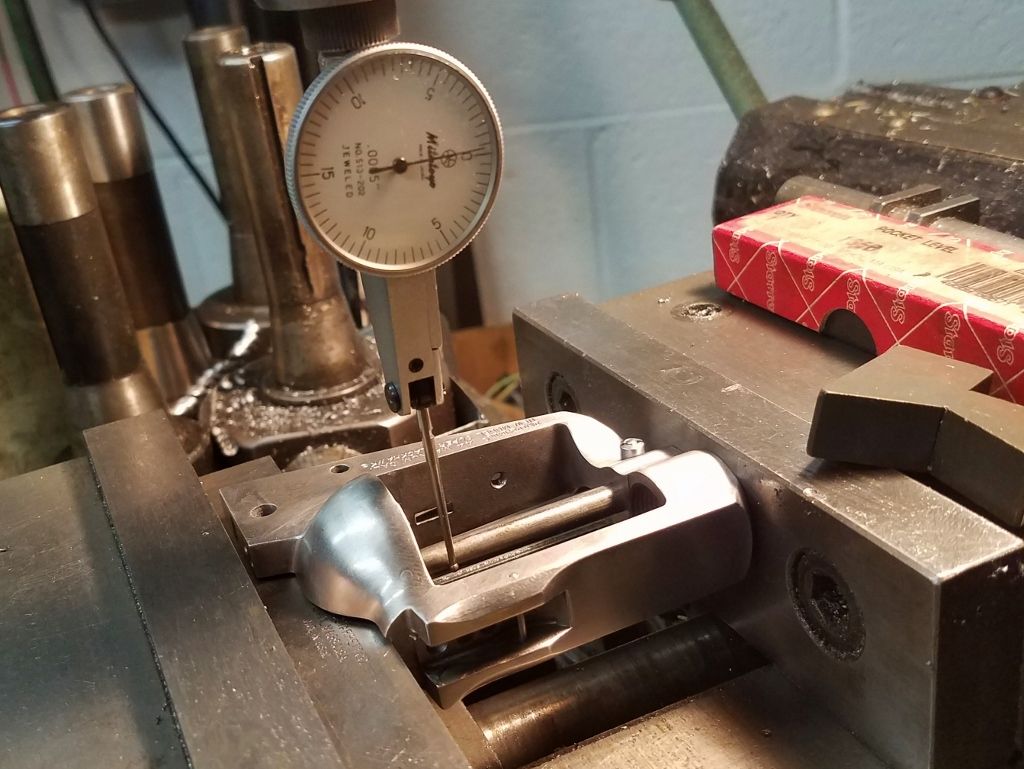 The endmill is zeroed on one edge and using digital readout I noted the reading for the opposite side. Next I moved the table over 0.010” and I feed out the cross feed. Ten-thousandths made a nice cut and put little-to-no strain on the bit. Three passes were made per side. 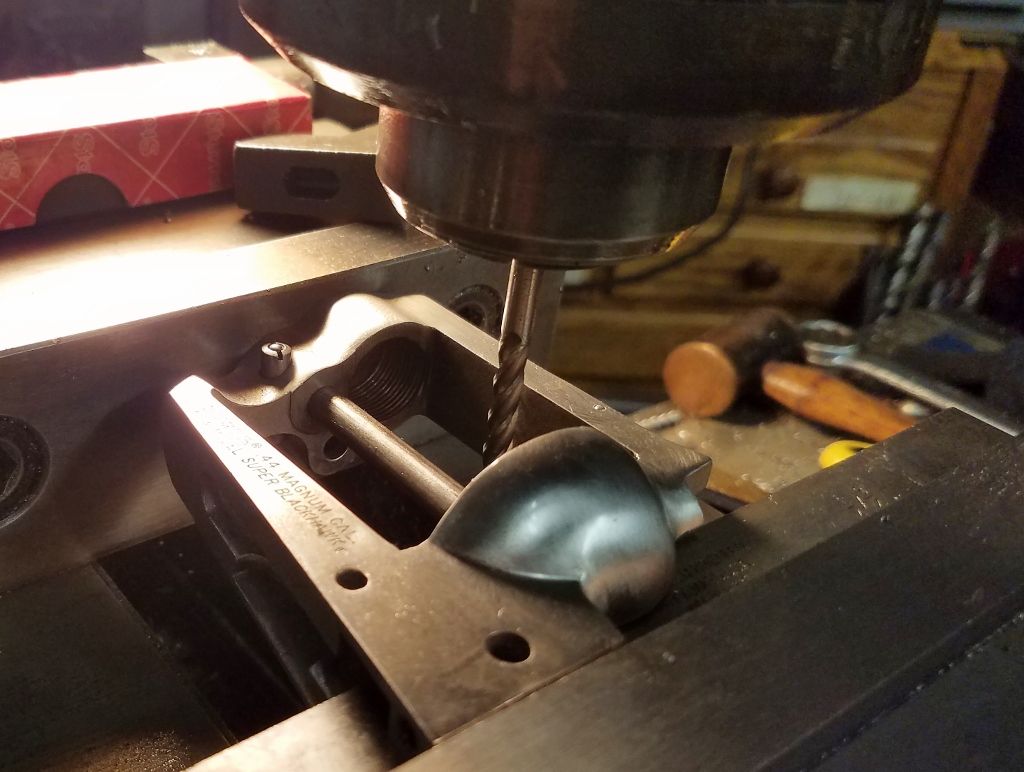 Here’s a shot of our digital readout. You’ll notice the X-axis is at 0.0304”, which is the thirty-thou we removed. This was the final pass on the top edge. 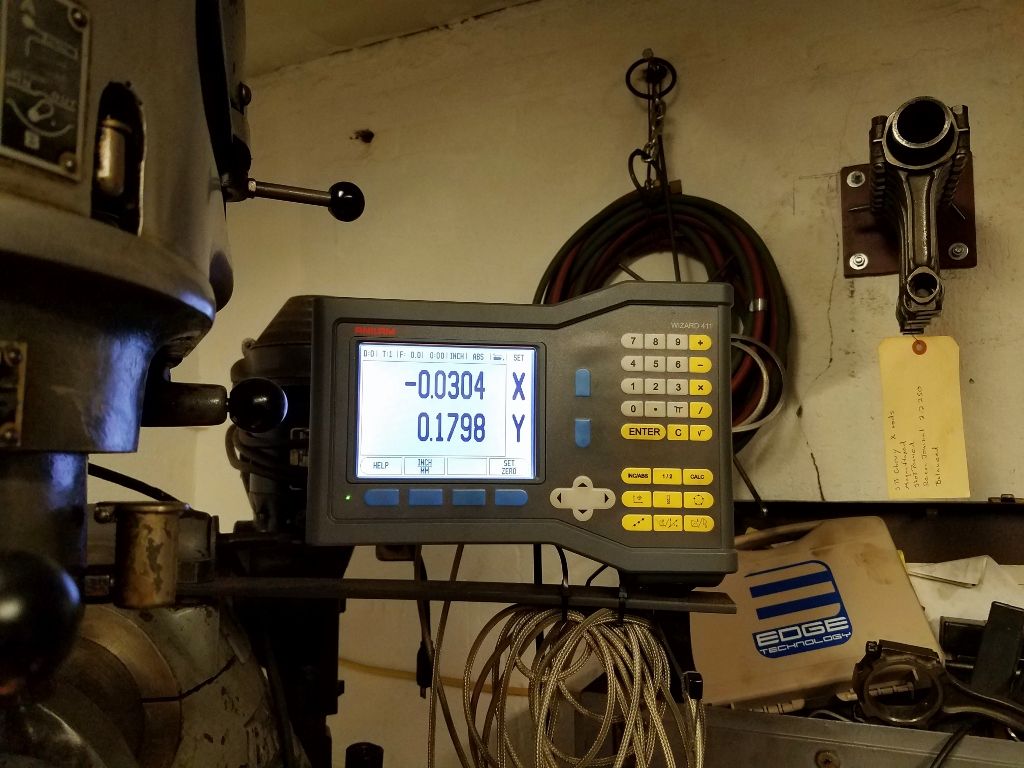 Cutting the lower edge: 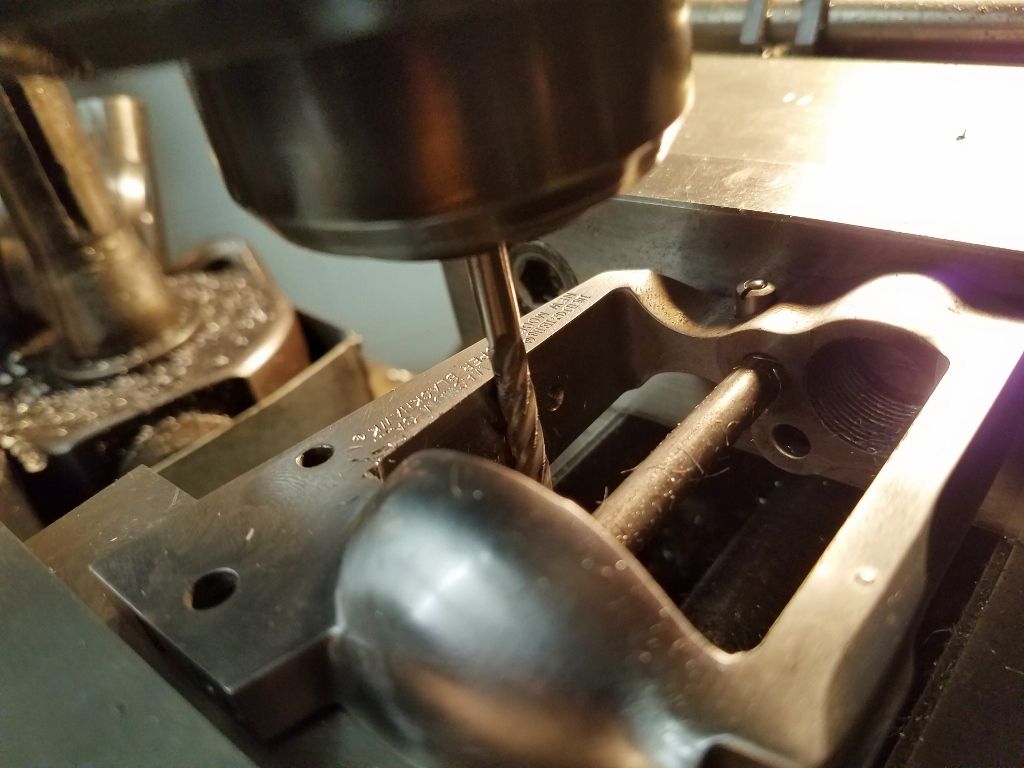 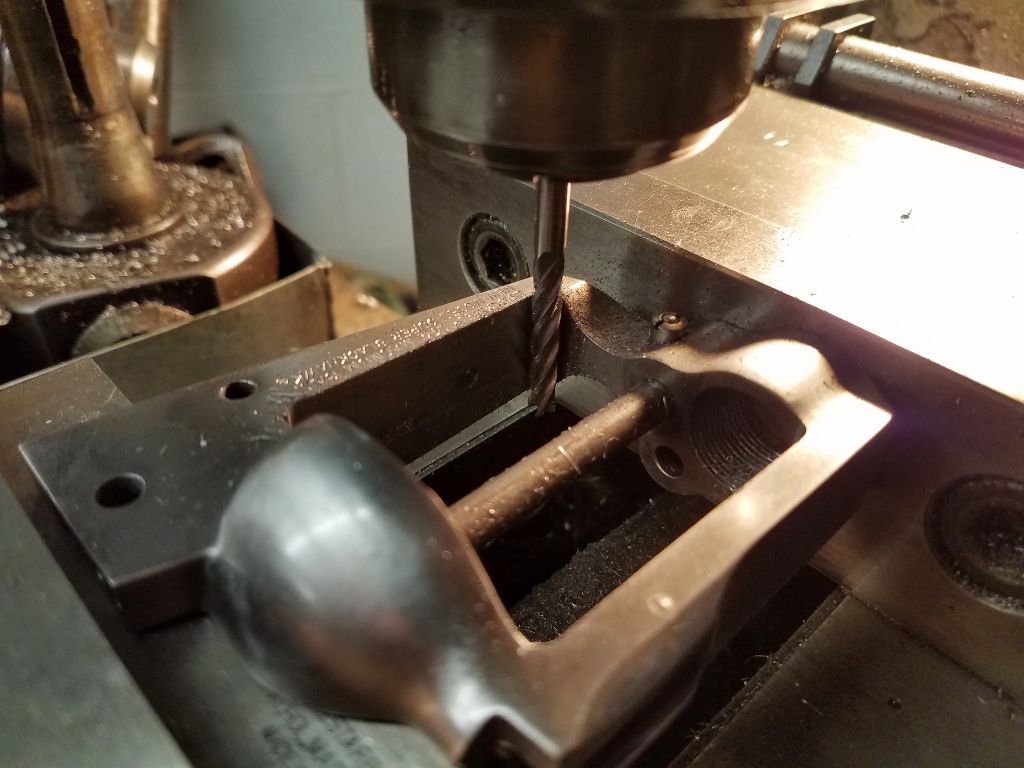 The roughed frame. I took a total of 0.060” top-to-bottom. Next time I’ll flat file the surfaces and sand to a mirror finish. The corners also will be dressed for less radius. I could’ve use a smaller diameter endmill to do this, thus making tighter corners. But the smaller the endmill, the more it’ll flex. Because the cylinder will be recessed and I’ll use minimal barrel protrusion, the corner radiuses can’t be too sweeping. However, some radius is recommended. Remember, a curved edge is stronger than a straight 90 degree. Ever wonder why airplane windows are oval and not square?  Total time for step 3 = 2 hours. BTW, I’m doing all the machining on this conversion. Dad says it’s time to pass the torch completely. Little stress though, because he’s always present. -Lee www.singleactions.com"Chasing perfection five shots at a time" |
|
Joe S.
.401 Bobcat
  
Posts: 2,517
|
Post by Joe S. on Jan 29, 2017 21:21:45 GMT -5
That's pretty sweet. You got this.
|
|
|
|
Post by Quick Draw McGraw on Jan 29, 2017 21:25:53 GMT -5
So did you mill the top AND the bottom of the window? Sorry, I'm new to the process of making a conversion. Very fascinated by it.
|
|